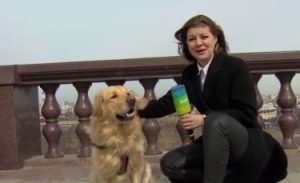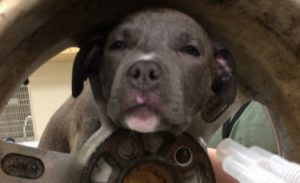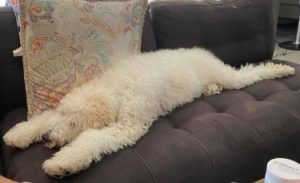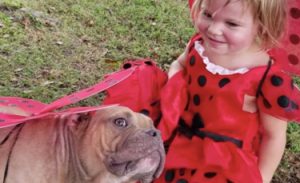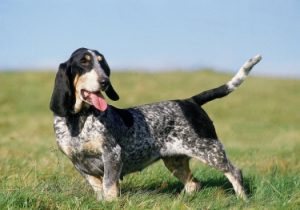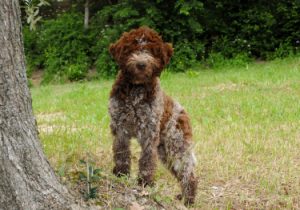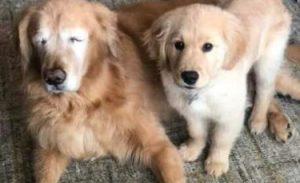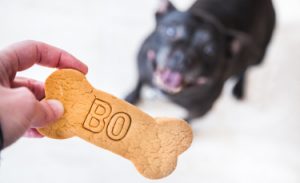Other names: Save Valley Hound, Kras Basin Hound, Posavaski Gonic, Posavatz Hound
The Posavatz Hound is a medium-sized dog with a robust and harmonious build. Its red-wheaten color in all its nuances is a characteristic of the breed. The body of the Posavatz Hound can be written in a rectangle: its length is greater than its height at the withers. The movements and gaits of this dog are balanced.
<!–
–>
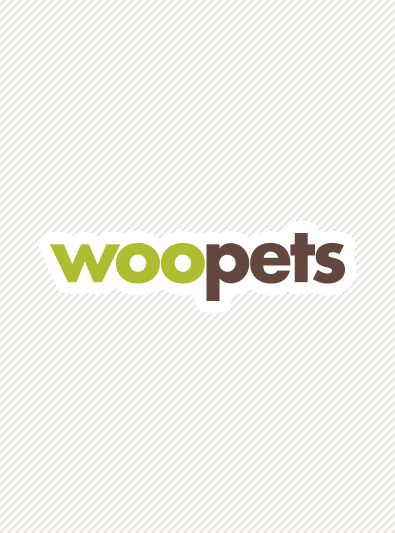
| Short | |
| Croatia | |
| Average | |
| Long |
| Sex | Weight | Cut |
|---|---|---|
| Female | From 20 kg to 25 kg | From 46 cm to 48 cm |
| Male | From 20 kg to 25 kg | From 48 cm to 50 cm |
History of the breed
The origin of the breed of Posavatz hound is very old and is located in Croatia. It comes, more precisely, from the valley of Save, a forest region located to the south-east of Zagreb. the Posavatz hound was depicted in various Croatian art from the 15th century, including frescoes, columns and books. It was presented for the first time in a dog show in the interwar period, in 1924. The first standard showing its other current name, that of Sava Valley Hound, was developed in 1969. Previously, the appellation Kras Basin Hound was used instead.
The Posavatz Hound breed was definitively recognized by the FCI (Fédération Cynologique Internationale) on August 4, 1955. Its official FCI standard in force was published on March 11, 2014.
Physical features
Its coat: short (2 to 3 cm in length), lying down, stiff and dense. Well present at the level of the belly, slightly longer on the rear faces of the limbs and the inner face of the tail.
Its color: reddish wheat in different shades, without going to brown or chocolate. With white markings on the head (star or list shaped), on the neck (ruff), on the chest, under the belly, on the lower parts of the legs and at the end of the tail.
His head: well proportioned to the body. The skull is slightly longer than the muzzle, which is strong, rectangular and full. The occipital bone and frontal sulcus are moderately pronounced. The stop is well developed, but not exaggerated. The nose is strong and black or dark in color. The lips are moderately thick. The jaws powerful, regular and articulated in scissors.
His ears: hanging, set at the level of the eye line, rectangular in shape, rounded at their end, moderately long and thick. Covered with a short hair, they are devoid of folds, never rolled up.
His eyes: medium in size, moderately set apart, in a semi-frontal position, oval in shape, dark brown in color and displaying an intelligent expression.
His body: The neck is strong, well muscled, placed at an angle of 45 degrees to the horizontal line. The withers are pronounced, the back strong, straight and well muscled, the croup powerful and slightly lower than the withers, the chest deep, the rib cage down to the elbow and the ribs well sprung. The belly line is slightly raised towards the flanks.
Its tail: its line extends that of the rump. Thick at its set, tapering gradually towards its extremity, of medium length, carried saber-shaped below the topline, well covered with hair.
Behavior and character
| Affectionate | |
|---|---|
| Calm | |
| Protective | |
| Independent | |
| Hunter | |
| Barks / howls |
Behavior with others
| Cohabitation with children | |
|---|---|
| Sociable with other animals | |
| Love strangers |
The Posavatz Hound is a lively and pleasant dog , attached to his master and rather docile. He is neither nervous nor aggressive and gets along well with children. Versatile hunting dog , it is distinguished by a clear voice, but also by its great endurance and its ability to evolve on a variety of terrains. The Posavatz Hound mainly hunts hare, fox and wild boar.
The Posavatz Hound
is it right for you? Take the test!
Education
| Clever | |
|---|---|
| Obedient |
For a hunting and running dog, he is obedient and relatively easy to train . By receiving a balanced education, based on a minimum of firmness, gentleness and justice, the Posavatz Hound becomes an excellent companion for the family and on the hunt.
Living conditions
| Suitable for apartment living | |
|---|---|
| Good for new masters | |
| Love it hot | |
| Love the cold |
His hunter heritage means that the Posavatz hound is happier in the country than in the city. Nevertheless, it adapts perfectly to an urban living environment if it has the possibility of going out frequently.
Health
| Solid | |
|---|---|
| Ease of gaining weight |
the Posavatz hound is characterized by good stamina and solid health .
Hypoallergenic breed
No
Litter size
Between 6 and 8 puppies.
| Major concerns |
|
| Occasional concerns |
|
||
| Suggested tests |
|
To protect you from these risks and insure your companion in the event of health problems, Woopets recommends a Posavatz hound dog insurance .
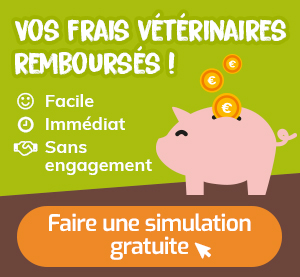
function showAssuranceForm () {var siteReferer = var id_race_association = ”; //console.log(id_race_association);success: function (html) {}});}document.addEventListener (‘DOMContentLoaded’, () => {$ (‘# assuranceModalBanner’). on (‘show.bs.modal’, function (event) {showAssuranceForm ();});});
Life expectancy
Minimum: 10 years
Maximum: 12 years
The life expectancy of a Posavatz Hound is, on average, between 10 years and 12 years.
Calculate the human age of your Posavatz Hound!
To choose… 1 year 2 years 3 years Four years 5 years 6 years 7 years 8 years 9 years 10 years 11 years old 12 years 13 years 14 years old 15 years old 16 years old 17 years 18 years old 19 years old 20 years 21 years old
Maintenance and hygiene
| Ease of maintenance | |
|---|---|
| Cost of maintenance | |
| Hair loss |
| Drool level | |
|---|---|
| Ease of grooming |
the Posavatz hound experiences medium shedding and hair loss. Its maintenance is not particularly tedious, but it must remain regular , in particular through careful brushing.
It is recommended to brush the dog once a week to keep his coat and skin clean. During the moult, brushing becomes more frequent (2 to 3 times per week) to remove dead hair. He does not need to take a bath regularly, only when it is needed, that is, when it is really dirty.
As the Posavatz Hound is prone to ear infections, it is necessary to examine and clean their ears regularly. Her teeth need to be brushed regularly to eliminate tartar build-up and the proliferation of bacteria. Finally, if they do not wear out naturally, its claws need to be cut. If you are new to this, it is recommended that you seek advice from a veterinarian or groomer.
Price and budget
Purchase price
Mini
800 € Maxi
1000 €
The purchase price of a Posavatz Hound is between € 800 and € 1000.
Annual maintenance cost
Mini
€ 450 Maxi
650 €
The annual maintenance cost of a Posavatz Hound is between € 450 and € 650.
No name is currently proposed. Use our tool to find the name of your Posavatz Hound!
Food
His diet should be balanced and adapted to his level of exercise, size and age.
Want the best for your dog?
Create tailor-made food for your Posavatz Hound
I discover !
PROMO -30% | Delivered to you!

Physical activity
| Athletic | |
|---|---|
| Energy level | |
| Potential to play |
The Posavatz Hound needs to stay active . If he is not hunting, it is essential to take him on long daily walks . Endowed with great endurance, it easily accompanies its owner during his jogging or hiking sessions. He needs to be mentally stimulated so as not to get bored. He also likes to play.
Competitions
| Classifications & Standards |
|
Others
| Master character <span class="btnTooltip qTip2" title="- Calm: the master must be gentle and know how to show patience. – Active: the owner must be energetic and dynamic to live in harmony with his dog. – Hyperactive: the owner must be stimulating and very restless to suit the temperament of his dog.”> |
Active |
|---|
We talk on the forum
When my dog does his heavy needs, he runs away. Why ?
Guest message
bam the dog now bam the dog’s revenge
Message from angeacorne
Amazing – a dog saves another dog
Message from Joo
My dog has doggy breath!
Message from Jérôme Bernier
My dog got into a fight with another dog and he got hurt …
Message from Nicole
Do you have a question about the Posavatz Hound?
Do not hesitate to ask Woopets visitors for advice on the forum!
FCI Information
FCI No.
154
FCI Group
Group 6: Hounds, Blood Test Dogs and Related Breeds
Recognized by FCI
Since 1955
</div


